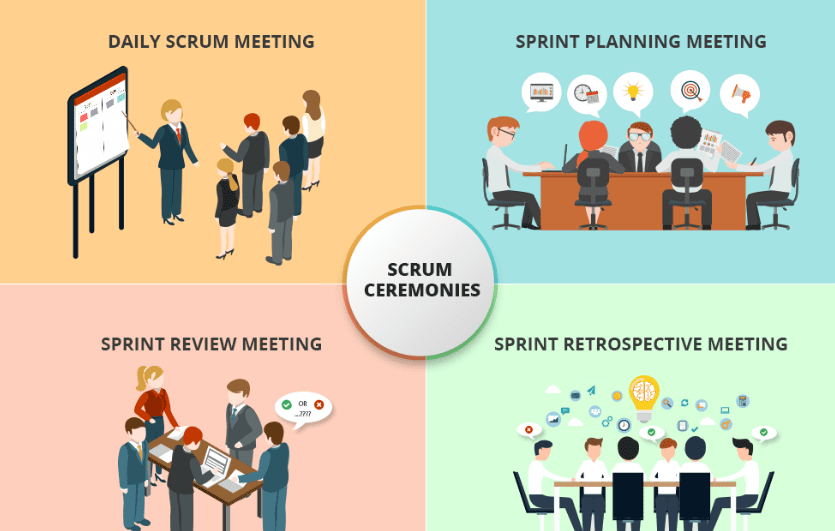Gartner, a popular IT Research company, recently released their universally accepted Hype Cycle. In this Gartner Hype Cycle 2018, the augmented analytics is predicted to be the hottest topic in business intelligence. This article will shed light on what augmented analytics is and how is it helping businesses.
What is Augmented Analytics?
Augmented analysis or Agile business analysis can simply be explained as a fusion between Artificial Intelligence (AI) and Business Intelligence (BI). On a more technical note, Augmented Analytics is an approach that uses machine learning and natural language generation to automate the insights. With this technology, the traditional hectic process of converting raw data to insights will be automated and improved.
Augmented Analytics isn’t exactly a brand new technology. It had been growing at a slower pace over the past years. But with the recent advancement in AI technology, Augmented Analytics also found new heights of evolution.
The Impact of Augmented Analytics
Analytics Automation is a largely desired capability among new-gen enterprises. The current system primarily relies on manual methods to process raw data. The current automation of the change management processes is limited to simple forecasting and visualization of data using analytics tools. The Augmented Analytics delves deeper and provides actionable predictive and prescriptive guidance along with the historical reports and dashboards.
Elimination of human biasing is another critical aspect of this technology. Since Augmented Analytics can be free of any particular research question, it gives the organizations the flexibility to explore hidden layers of insights. Eventually, it will result in executives of enterprises concentrating more on strategies rather than the daily routine manual tasks.
Some experts compare Augmented Analytics to the evolution of automobiles. Both systems are very complex and have thousands of parts to make them function properly. But a user does not have to know all these parts to use a vehicle. Similarly, Augmented Analytics enables its users to carry out complex analyses without the need for coding skills. The technology abstracts the complexity away.
So, non-technical analysts will be capable of running complex analyses. According to Gartner, the hardest tasks of analytics are expected to be automated within the next two years. Hence making machine learning and data science more open and accessible.
Is Augmented Analytics the Future?
Currently, enterprises are relying on data scientists to carry out data analysis. The scarcity and the high cost for a good data scientist are preventing medium and small-scale businesses from effectively using their data. But with the aid of Augmented Analytics, the data analysis will be cheaper, easier and better – enabling more businesses of all sizes to benefit from analytics.
Augmented Analytics is not yet mature enough to implement in the industry. But, reports suggest that the growth rate in this technology is immense enough to disrupt the business intelligence and analytics market shortly. Right now the lack of good data scientists is causing major trouble for the industry and Augmented Analytics is expected to resolve all these troubles. In short, Augmented Analytics is indeed the future of business analytics.




